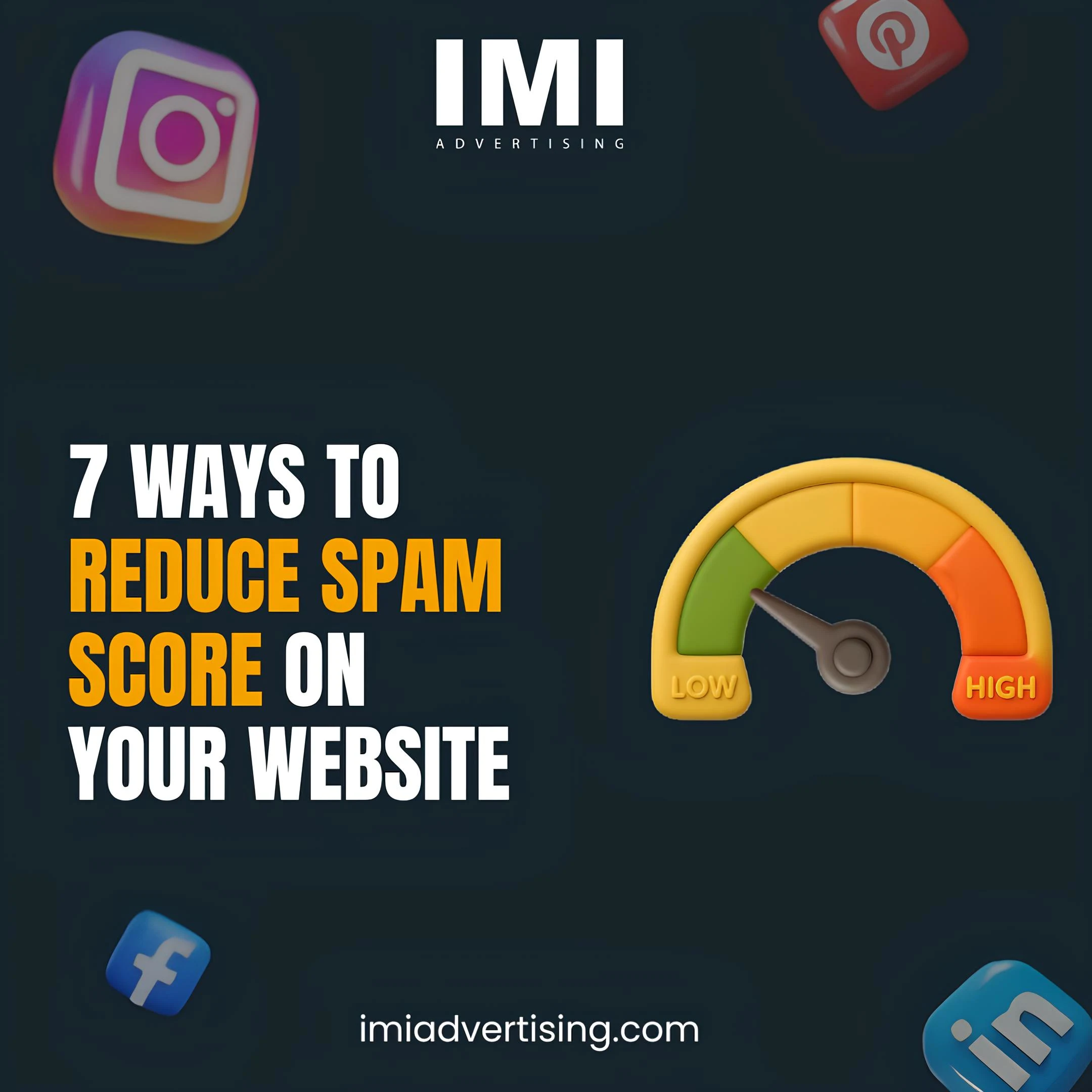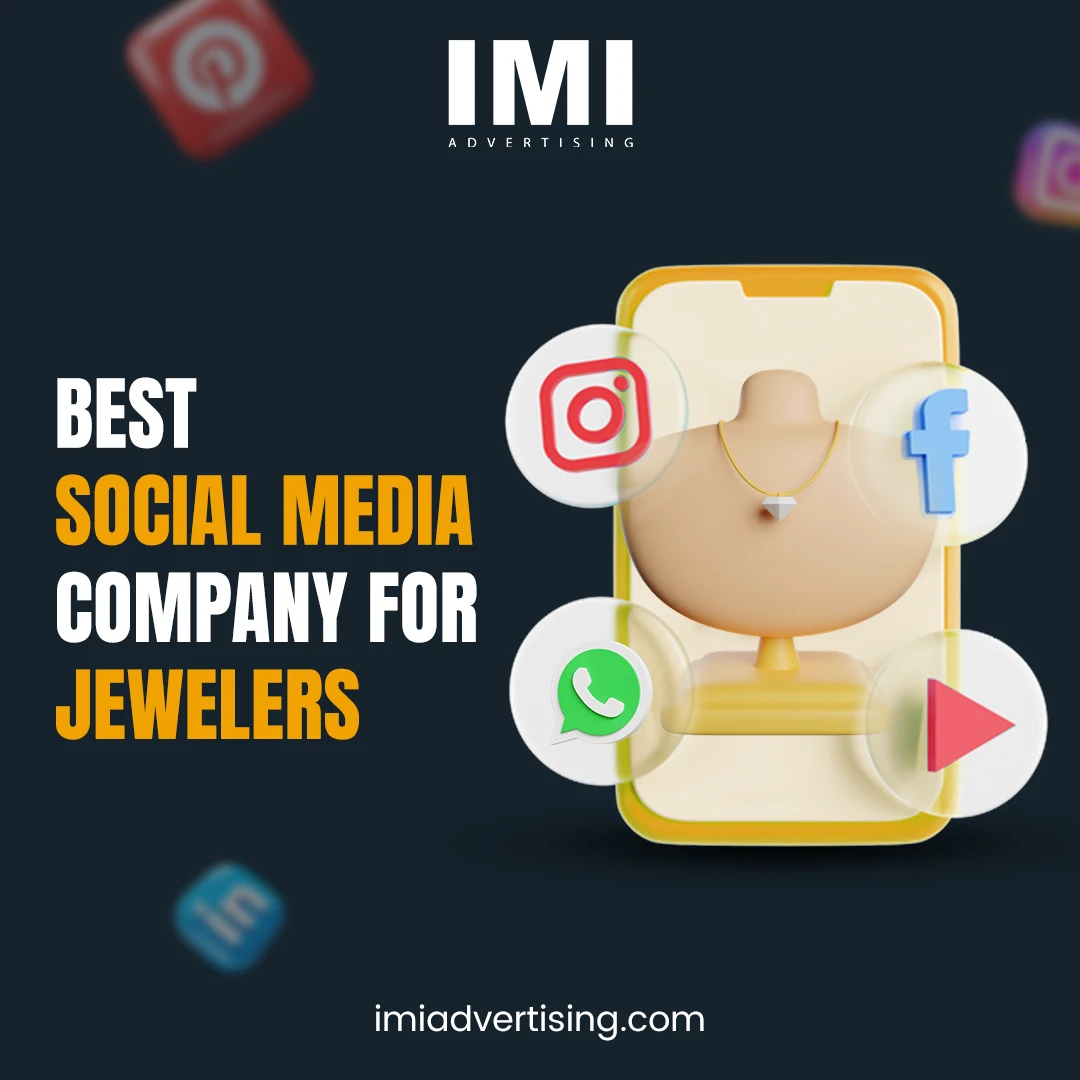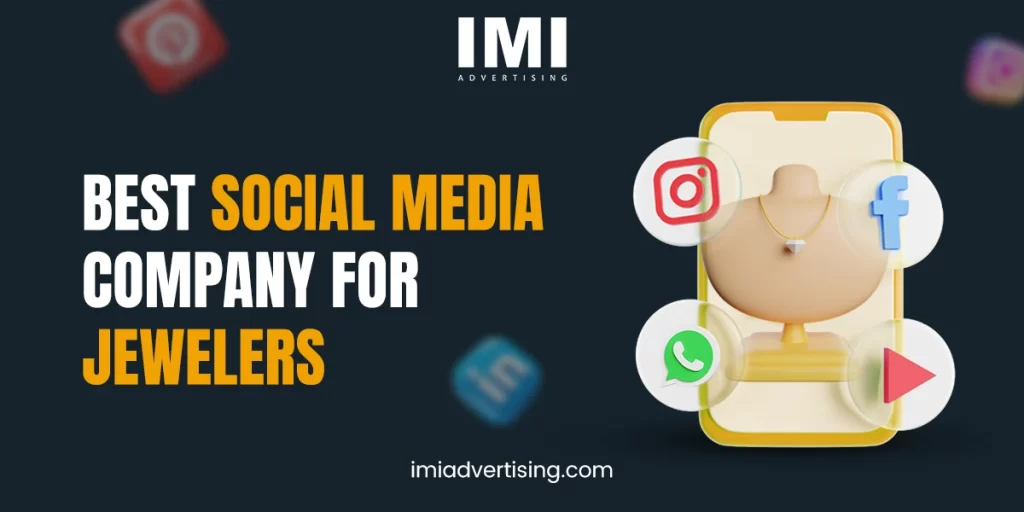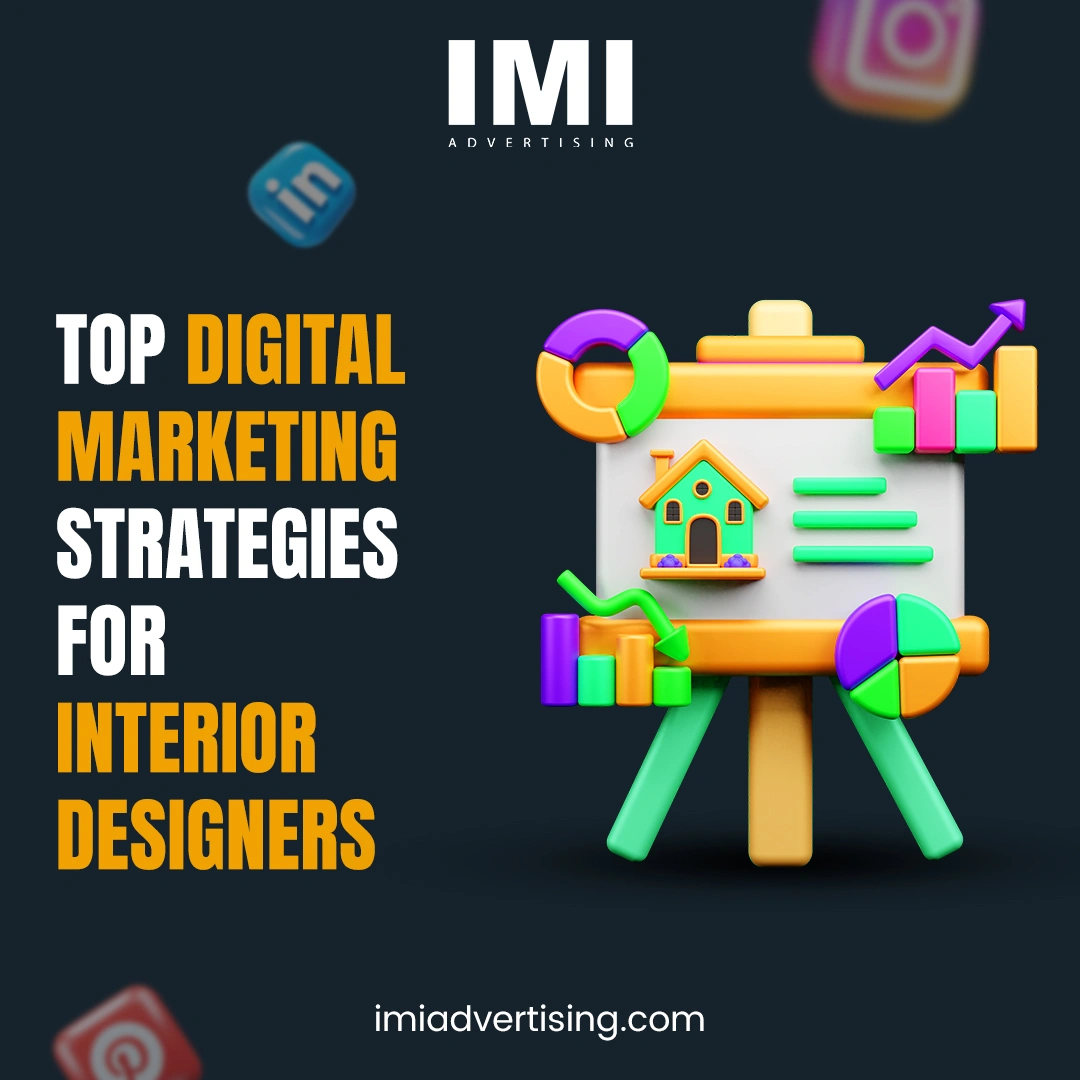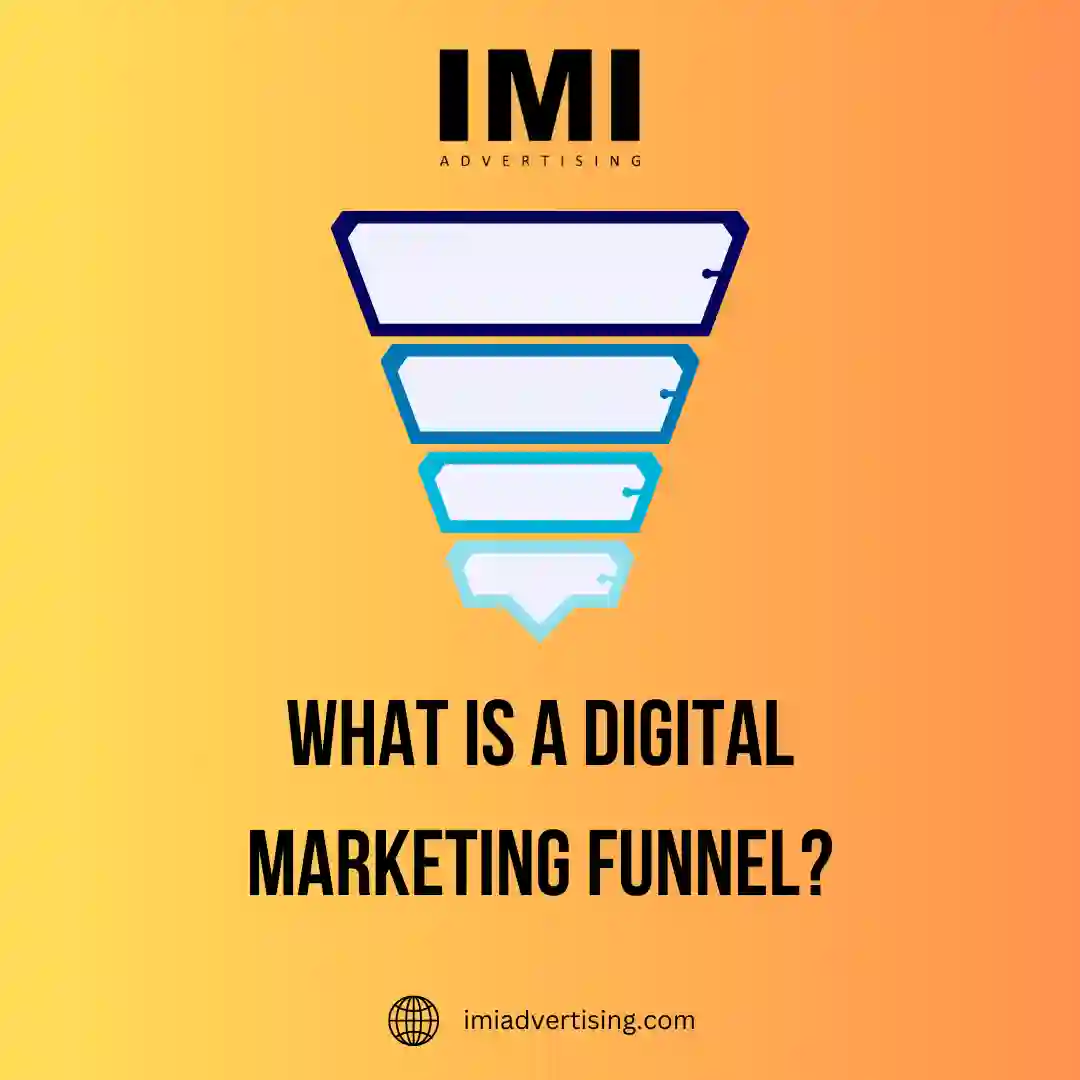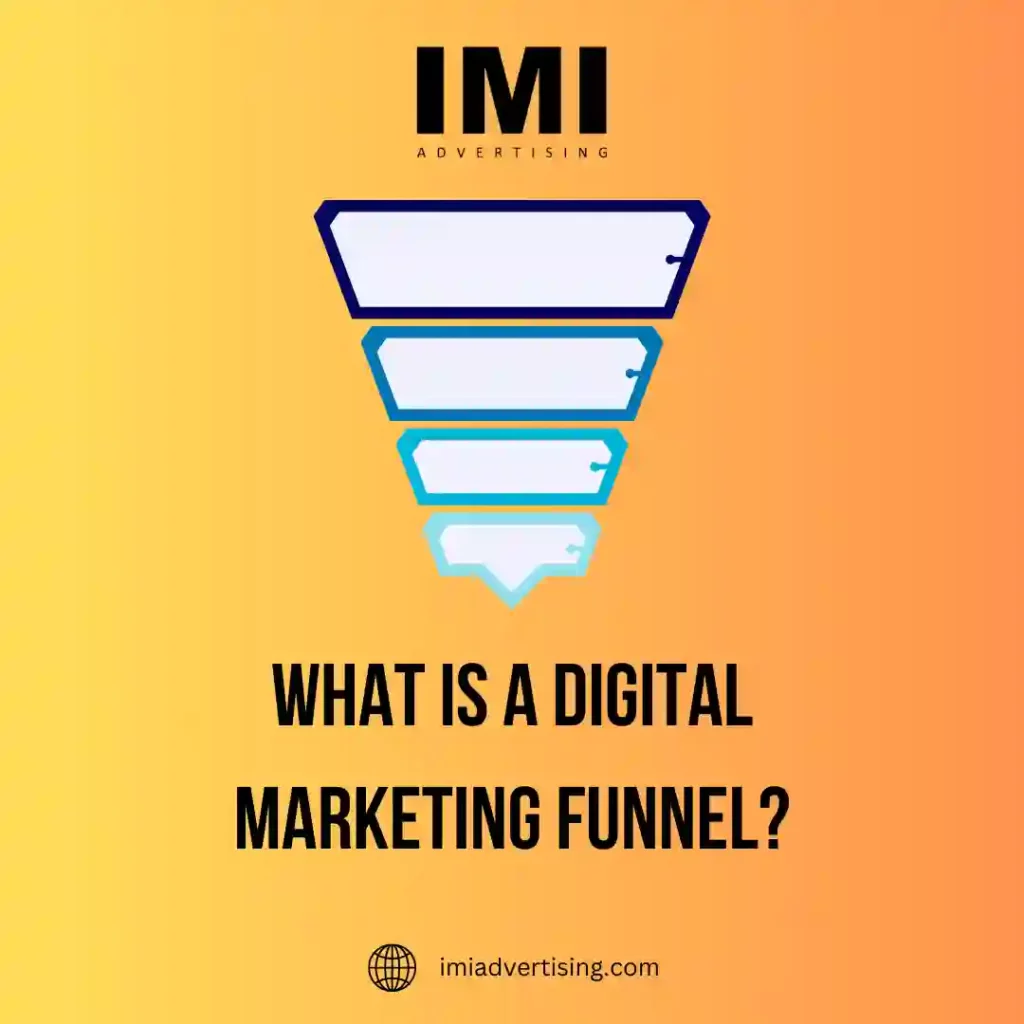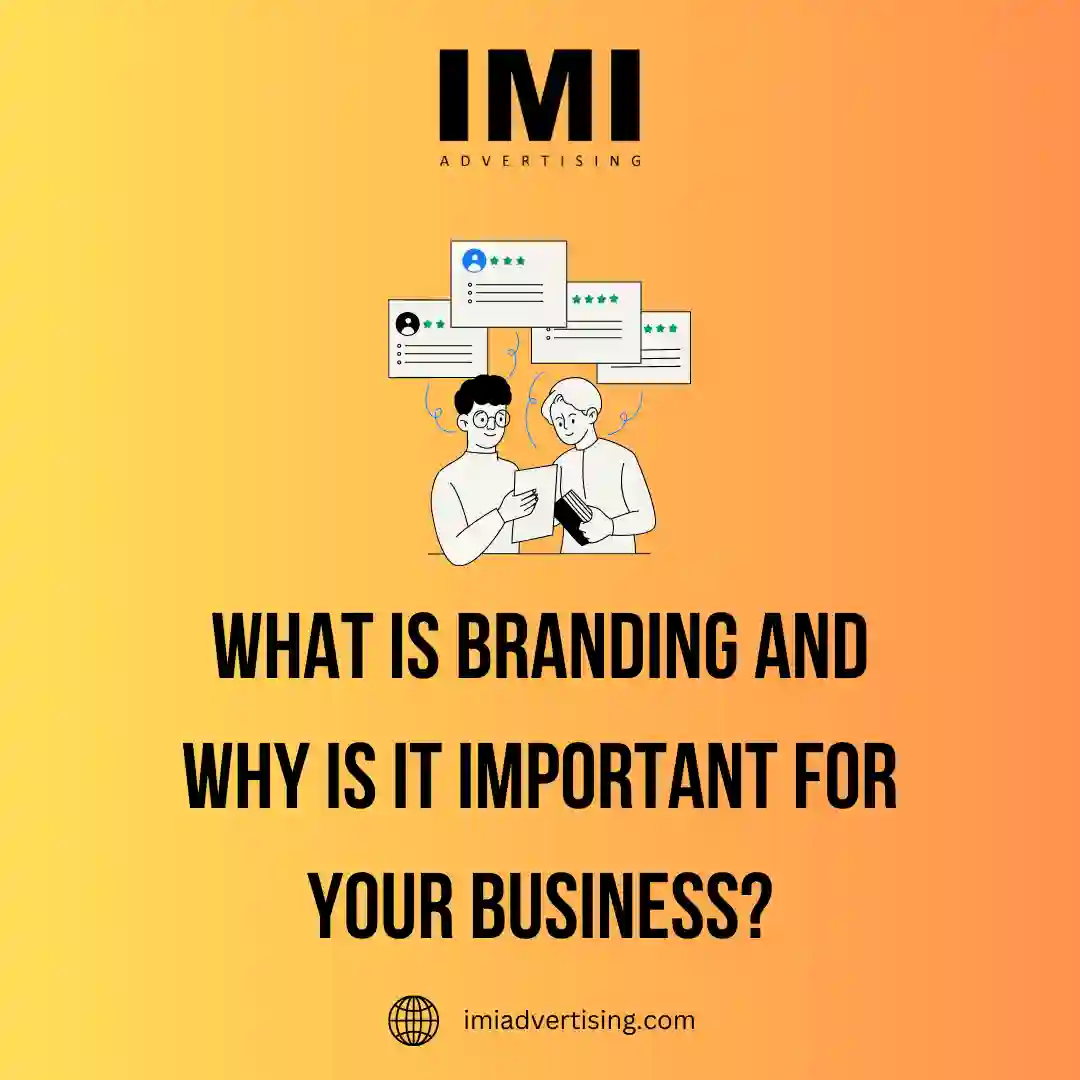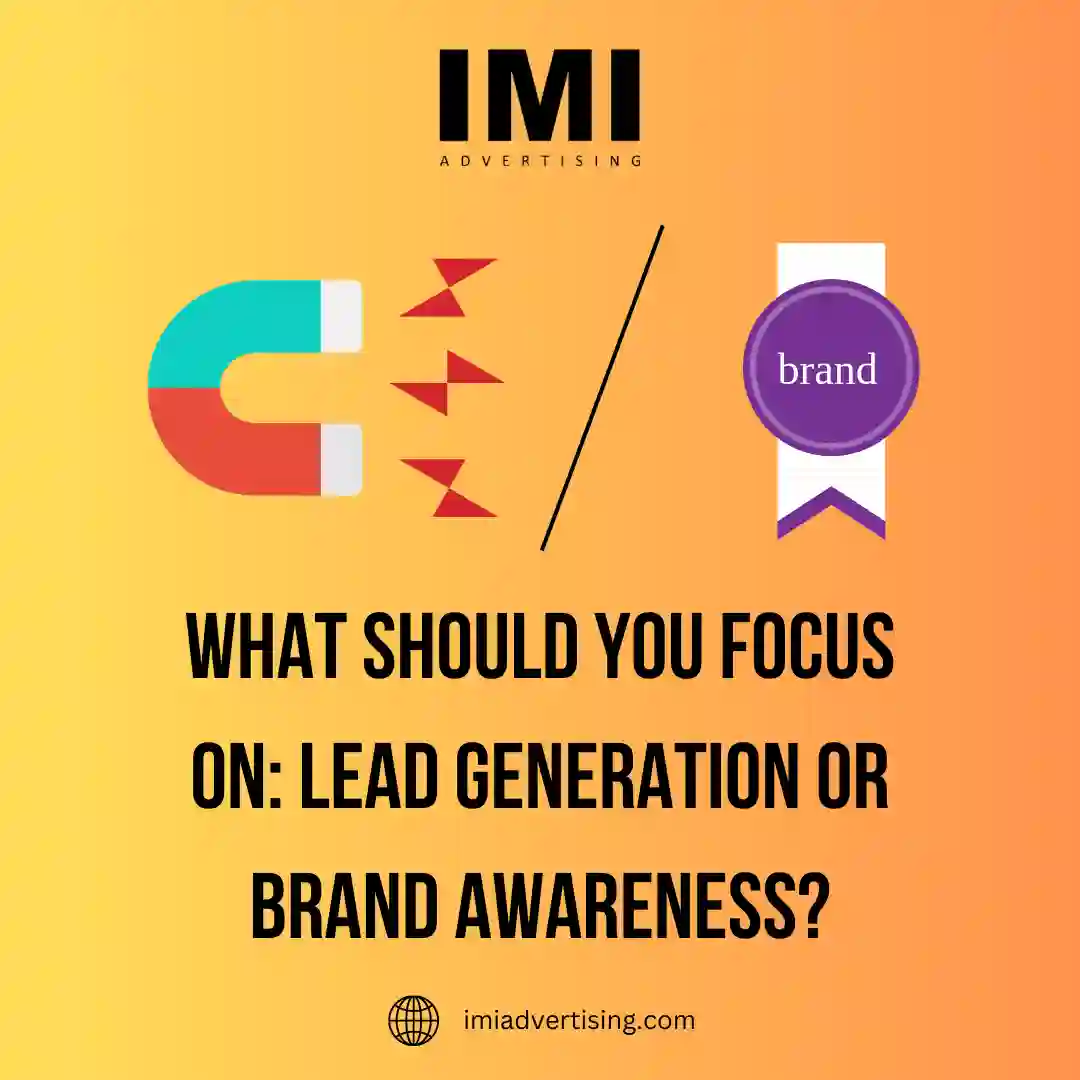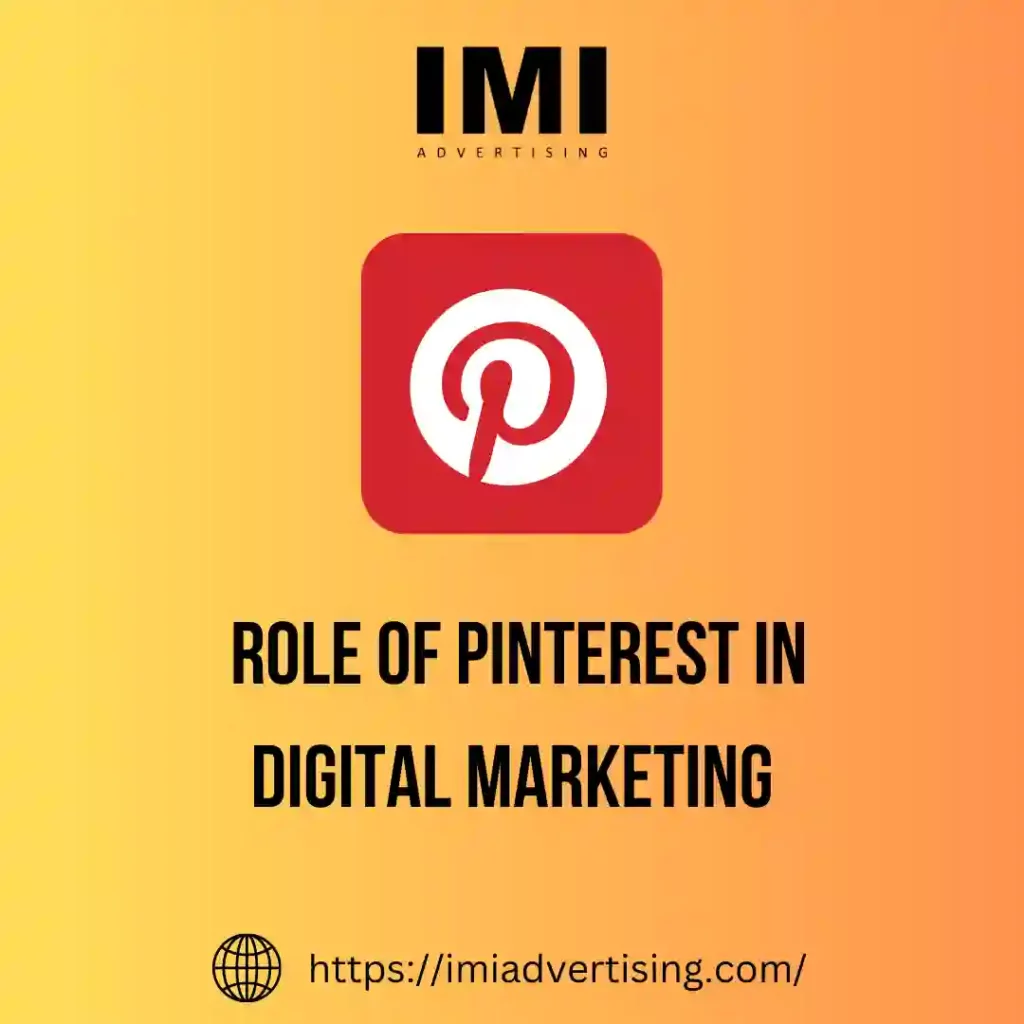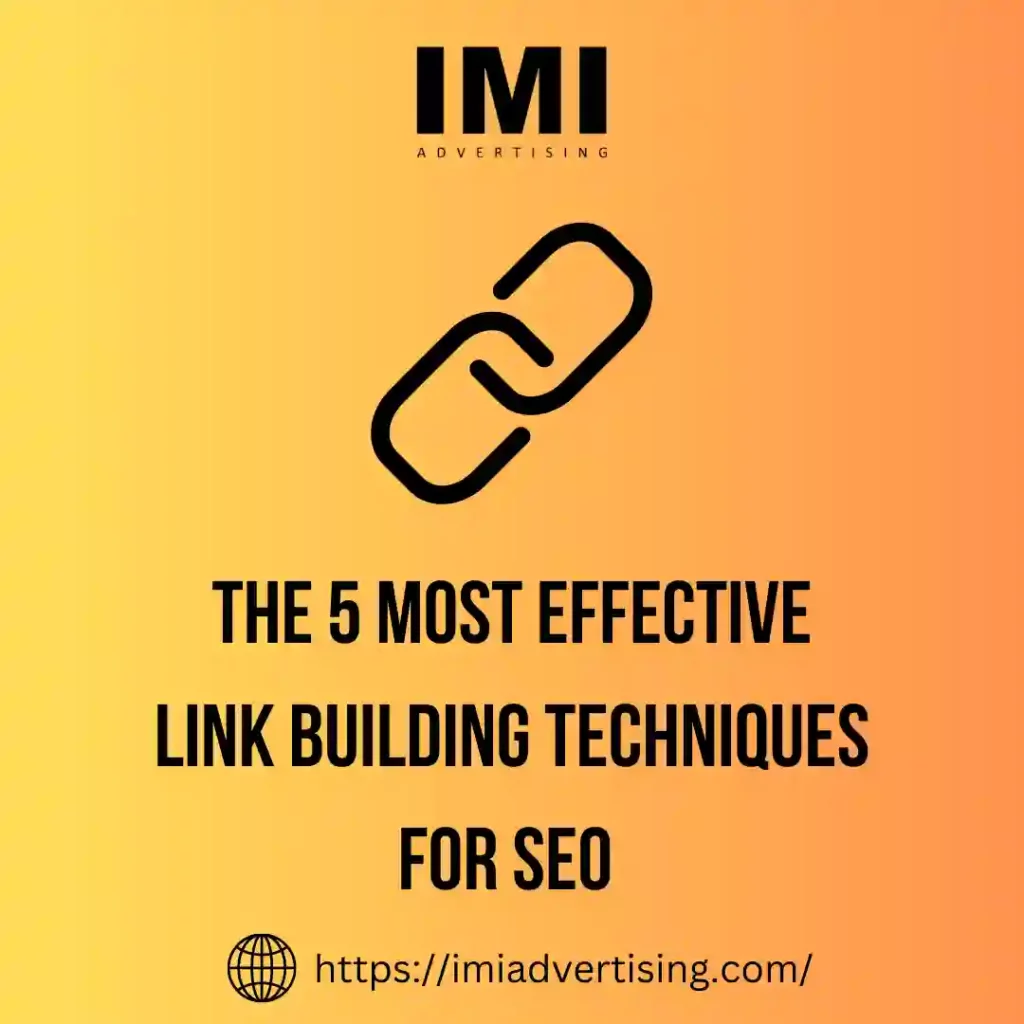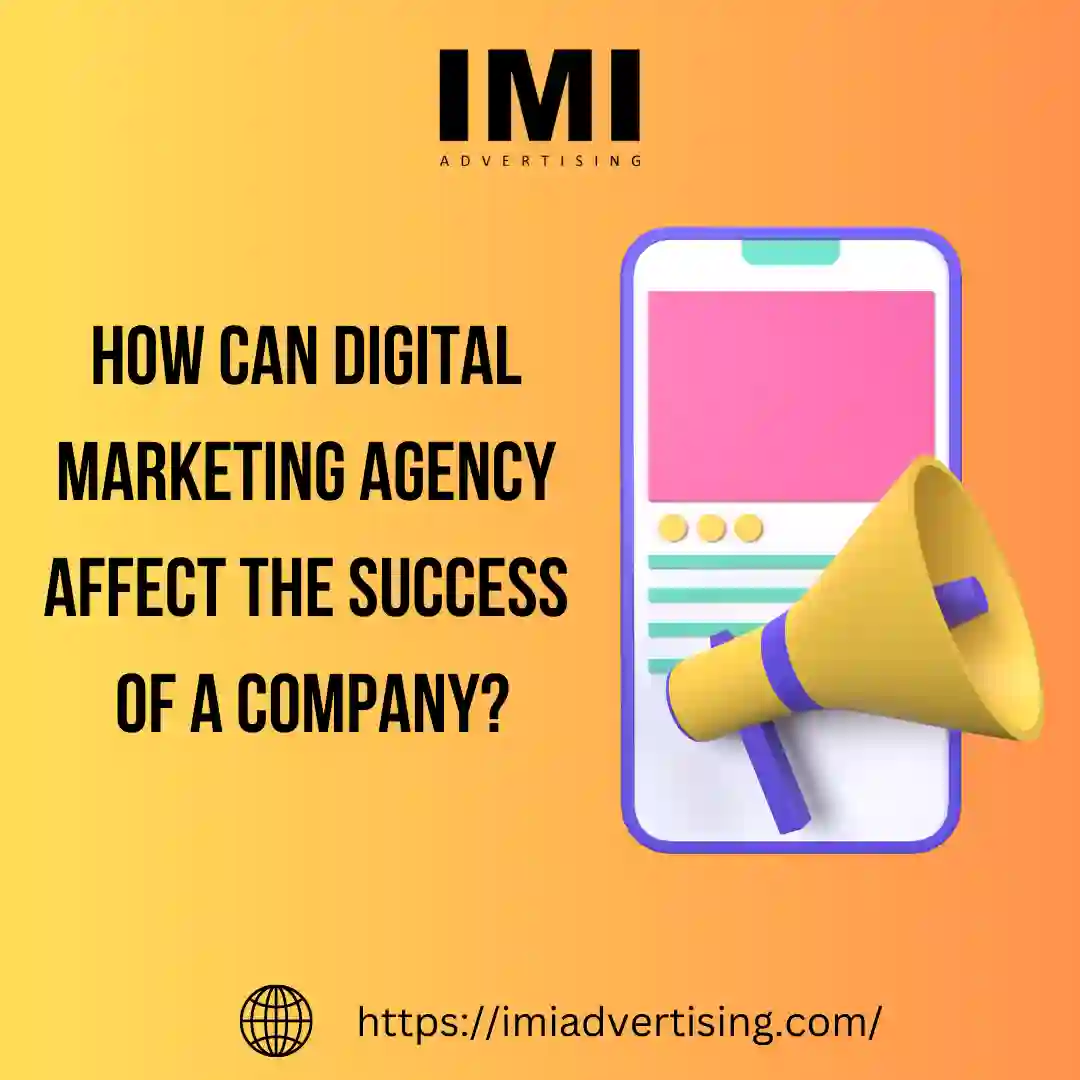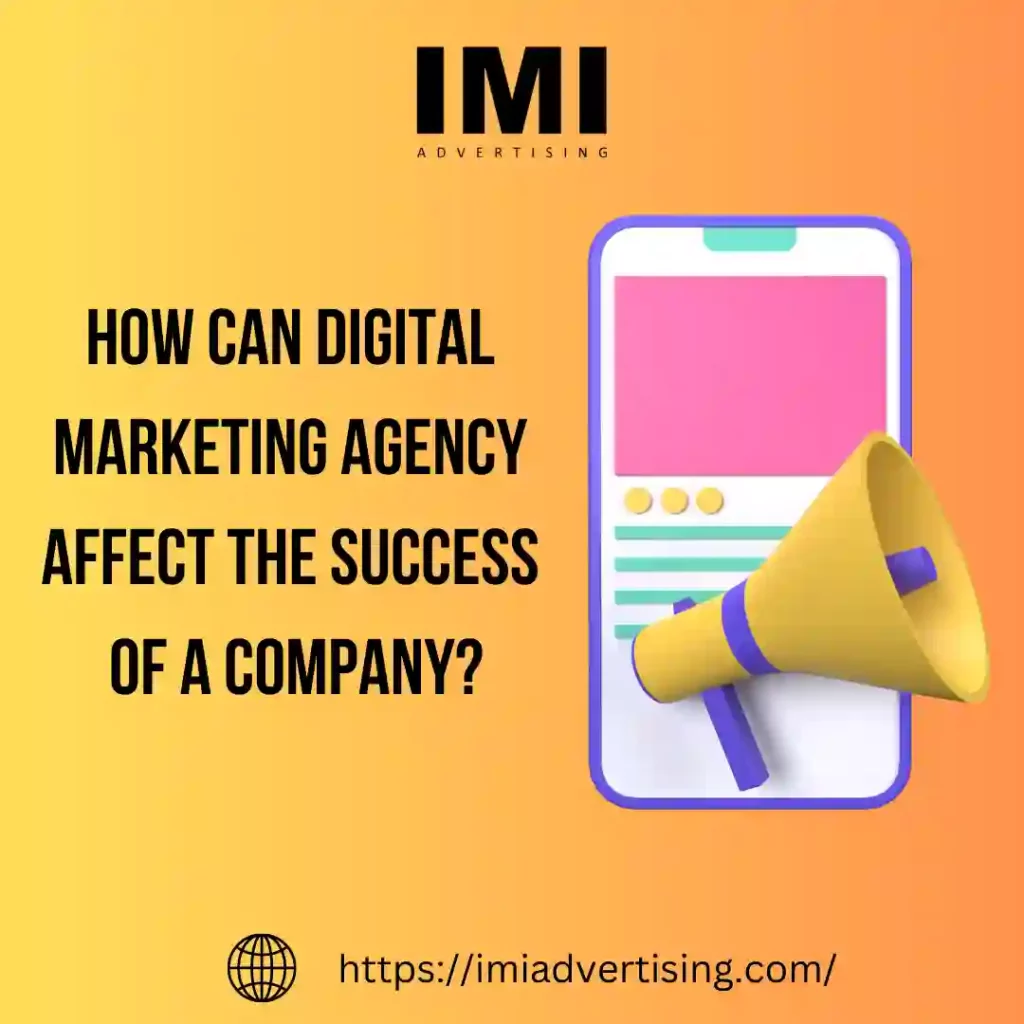Proven Digital Marketing Tips to Grow B2B Sales in 2026

B2B buying is changing fast, especially in rapidly developing cities like Ahmedabad. People making decisions want info now, good content, and easy online stuff. Lots of companies are changing their marketing strategies to keep up. In such scenarios, collaborate with a good and trusted digital marketing company in Ahmedabad that gets what businesses actually need. Want to grow your B2B sales in 2026? You need a plan to keep buyers interested every step of the way.
These tips will help you build a smarter online look that gets you sales, not just visits.
1. Make Content That Fixes Real Business Issues
B2B buyers do most of their looking online before talking to anyone. They want content that teaches, guides, and answers their questions. If you focus on content that tackles problems, you start good talks early on.
Any good content must have:
- Simple blogs with direct answers
- Stories that show what you can do
- Quick videos that explain your services
- Product pages with direct info
Make sure each one gives clear answers. When your content is useful, your brand seems trustworthy. Buyers come back because they feel helped, not sold to.
2. Make Your Website Easy to Use
A good website gets you customers. A bad one chases them away. Most B2B buyers judge companies by how clear their website is. They want a clean look, easy-to-read words, and a simple way to get in touch.
Make your site work by:
- Using menus that make sense
- Keeping paragraphs short
- Showing off your services in a clear way
- Making sure it looks good on phones
A simple, well-organized website makes people feel good. Buyers can check out what you offer without getting lost. This builds trust, which means more leads.
3. Use SEO to Get Seen More
B2B search words are exact. Buyers search for topics about their industry, keywords about services, and phrases to compare. You can get better leads if you aim for these words with a set SEO plan.
A solid SEO plan for 2026 has:
- attractive website pages
- Short and unique descriptions
- Clear service explanations
- Links inside to help users quickly
Search engines like clarity and sticking to it. If your website is up-to-date and easy, your pages reach the right folks at the right time.
4. Plan Short, Paid Campaigns That Hit the Spot
Paid ads are still one of the fastest ways to reach B2B buyers. You can make short campaigns for those making decisions, based on their industry, location, and job. A focused PPC plan gets leads that are worth a lot when your message is easy and direct.
Good paid ads in 2026 do these things:
- Keep the headline straightforward and impactful
- Focus on one main point
- Include a strong and compelling call-to-action
- Use landing pages instead of homepages
If you keep watching and adjusting daily, your ad money gets better results.
5. Get Real on LinkedIn
LinkedIn’s still a great place for B2B stuff. People in charge use it to learn stuff, meet people, and get ideas. Post cool content, expand your circle, and jump into industry chats to get noticed.
Try these on LinkedIn:
- Quick thoughts from your team
- Easy tips for your industry
- Stories about happy clients
- Short, valuable video content
Also, LinkedIn ads let you target really well. Show your ads to people who already care about what you do. The more helpful you are, the more they trust you.
6. Follow Up Automatically to Close Deals Quicker
B2B sales take a while. Buyers look at different choices. If you’re slow to reply, you lose out. Automation helps you keep up without losing that personal touch.
Try these:
- Instant email replies
- Automated reminders
- WhatsApp notifications
- Consistent email newsletters
Automation helps you follow up faster and have longer chats. When buyers get fast answers, they stay interested.
7. Keep an Eye on Your Numbers Every Week
Marketing works best when you watch the right numbers. Checking weekly helps you fix problems fast.
Watch these:
- How many leads become customers?
- How much does each lead cost?
- How are people using your pages?
- How much are you growing each month without ads?
- How well are your ads doing?
Knowing your numbers helps you drop what’s not working and focus on what is. You’ll see what buyers like and adjust as needed.
Why This Matters for B2B in 2026
The B2B world is super competitive now. Buyers want fast answers, simple stuff, and real value.
These tips help you stand out:
- Connect with the right audience at the right moment
- Maintain strong online visibility
- Build trust through valuable, informative content
- Guide leads with good follow-ups
- Get more customers with smooth online steps
This helps you grow long-term. It keeps your pipeline full and your sales team busy all year.
Why IMI Advertising Is a Good Partner for B2B?
IMI Advertising, the best digital marketing company in Ahmedabad, can help you make a smart marketing plan for 2026. They work with B2B companies in different fields and make plans that get results.
They keep your brand going strong online with simple messages and consistent contact. This builds trust, gets people involved, and brings in better leads.
Conclusion
B2B sales go up when your online presence is clear, consistent, and valuable. A good plan means more leads, more visibility, and steady business growth. Use great content, a simple website, paid ads, and regular follow-ups to build a marketing system that lasts.
Want more reach, better engagement, and higher B2B sales in 2026? IMI Advertising can help you build a plan that fits your needs and helps you grow your business into a renowned brand.
FAQs:
The four B2B markets are producer markets, reseller markets, government markets, and institutional markets.
Digital marketing filters out unqualified traffic using targeted ads, intent-based content, and data-driven segmentation, resulting in higher-quality business leads.
Tools like HubSpot, Salesforce, ActiveCampaign, and Zoho automate lead nurturing, track buyer behavior, and streamline the entire B2B sales funnel.
LinkedIn, Google Ads, webinars, and email marketing platforms are the most effective channels for generating high-quality B2B leads.
ROI is measured by tracking qualified leads, conversion rate, cost per lead, and how much revenue can be directly connected to your marketing activities.
Get in touch with us for
Digital Marketing Services
09313100658
Available From 09:30 – 06:30
Email: support@imiadvertising.com




